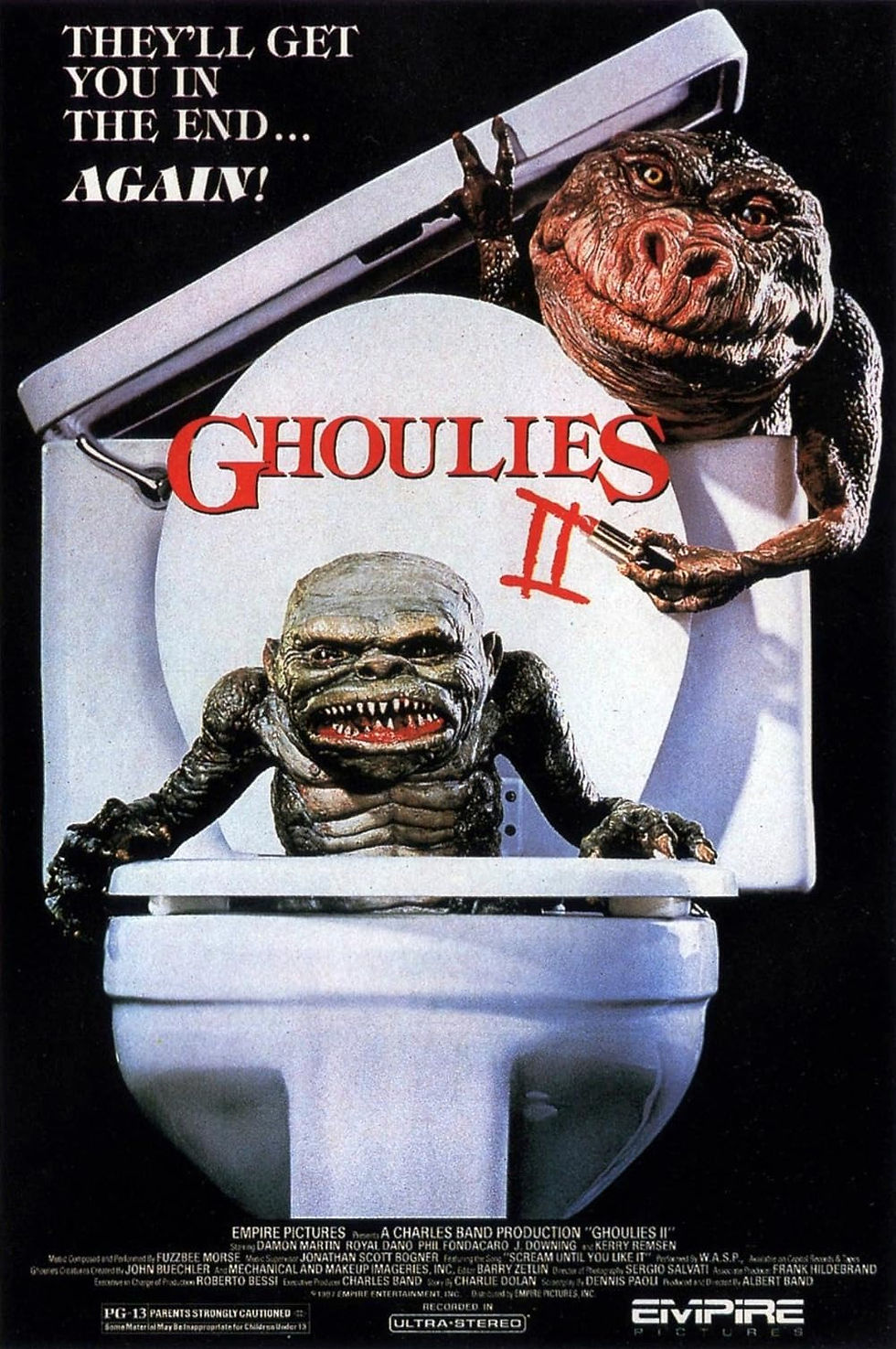The Evolution of Classic Horror Movies: A Century of Fright
- Allan Major

- Mar 7, 2024
- 3 min read
Updated: May 11, 2024

Buckle up horror hounds, we're taking a midnight ride with the ghosts of cinema, a spine-tingling journey through the evolution of classic horror movies. It's a tale whispered in shadows, etched on celluloid – a metamorphosis as unnerving and enthralling as any creature feature. So dim those lights, let the eerie soundtrack swell, and prepare to witness the horrors that birthed the nightmares we devour today.
From Phantom Flickers to Ghoulish Spectacles: The Silent Era
The birth of horror cinema was a dance of light and shadow, a macabre ballet projected upon silver screens. Nosferatu (1922) became the nightmare given form – a symphony of grotesque beauty with its rat-fanged vampire, casting a shadow as long and inescapable as the coming night. And who could forget the tortured figure of Lon Chaney's Phantom in The Phantom of the Opera (1925), his spectral mask a haunting reflection of our own hidden fears? These silent specters dripped with gothic atmosphere, their stark imagery and unnerving performances seeping into the audience's soul like a creeping, bone-deep chill.
The Monster Mash: Universal Horror's Golden Age
The 1930s were a monstrous masquerade, and Universal Studios orchestrated the most gloriously grotesque gala. Dracula (1931), Frankenstein (1931), The Mummy (1932)...these iconic creatures waltzed from the shadows and straight into our collective nightmares, their names whispered in hushed tones ever since. This was high gothic horror at its most decadent – crumbling castles shrouded in mist, crackling lightning illuminating grotesque silhouettes, and chilling performances that dripped with a macabre elegance that sent delicious shivers down our spines.

Hitchcock, Psycho, and a Shower Scene That Changed Horror
The master of suspense, Alfred Hitchcock, wielded Psycho (1960) like a surgeon's scalpel, meticulously dissecting the tired tropes of horror. Gone were the cobwebbed castles and cackling mad scientists, replaced by the stark sterility of a roadside motel room. Psycho wasn't about monstrous figures lurking in the shadows; it was about the chilling realization that true terror could reside anywhere, even within the seemingly unassuming facade of a young man. This was a watershed moment, the birth of the psychological thriller – a genre that would forever redefine horror by turning our gaze inward, forcing us to confront the monstrous potential that lies dormant within the human psyche.
Blood in Technicolor: Hammer Horror's Gothic Renaissance
Across the Atlantic, a vibrant and audacious resurrection of classic horror was underway. Britain's Hammer Studios bathed Dracula, Frankenstein, and The Mummy in a lurid Technicolor glow, injecting a potent dose of gothic sensuality alongside the chills. Their films were a bold departure from the black-and-white starkness of Universal's monsters. The blood flowed more freely, the sets reveled in opulent decadence, and the terror was laced with a subversive erotic tension. Leading the charge were Christopher Lee and Peter Cushing, a legendary duo who embodied aristocratic menace with chilling brilliance. Lee's Dracula, with his smoldering eyes and predatory charisma, and Cushing's unwavering portrayal of stalwart heroes, became indelible icons of the genre, forever redefining the way we perceive these classic characters.
The Devil's Playground: Horror Gets Occult in the 60s and 70s
The 60s and 70s witnessed a seismic shift in the landscape of horror. It was no longer confined to the dusty confines of gothic castles or the cobwebbed corners of Transylvanian laboratories. A new kind of terror slithered into the everyday, whispering unholy pacts in the sterile confines of urban apartments (as seen in Rosemary's Baby, 1968). The demonic no longer lurked in the shadows; it manifested with a bloodcurdling scream in the seemingly innocuous living room next door (The Exorcist, 1973). This era reveled in the unsettling notion that the supernatural wasn't some distant legend – it was a tangible threat, a malevolent force capable of breaching the sanctity of our homes and warping the minds of those we held closest.

A New Brutality: The Rise of Slashers and Splatter
As the psychedelic haze of the '70s faded, horror took a brutal turn into the grimy back alleys of the '80s. Films like The Texas Chain Saw Massacre (1974) and Halloween (1978) ripped open a new era of terror, replacing gothic grandeur with the sweaty, sickening reality of the slasher. These masked predators were relentless, their attacks a whirlwind of blood and butchery. This was horror stripped bare, a blood-soaked exploration of our most primal fears: the desperate struggle for survival, the relentless pursuit of the hunter, and the final, desperate stand of the defiant victim – often, the now-iconic final girl.
Conclusion: The Timeless Allure of Horror
Whether it's a creaking door in a silent film or a blood-splattered screamfest, horror taps into something primal within us. It's the dance of fear and fascination, a gruesome ballet that both repels and compels. As long as shadows flicker and our imaginations burn, horror will continue its beguiling evolution, reminding us that the greatest monsters might just be the ones that lurk within ourselves.







